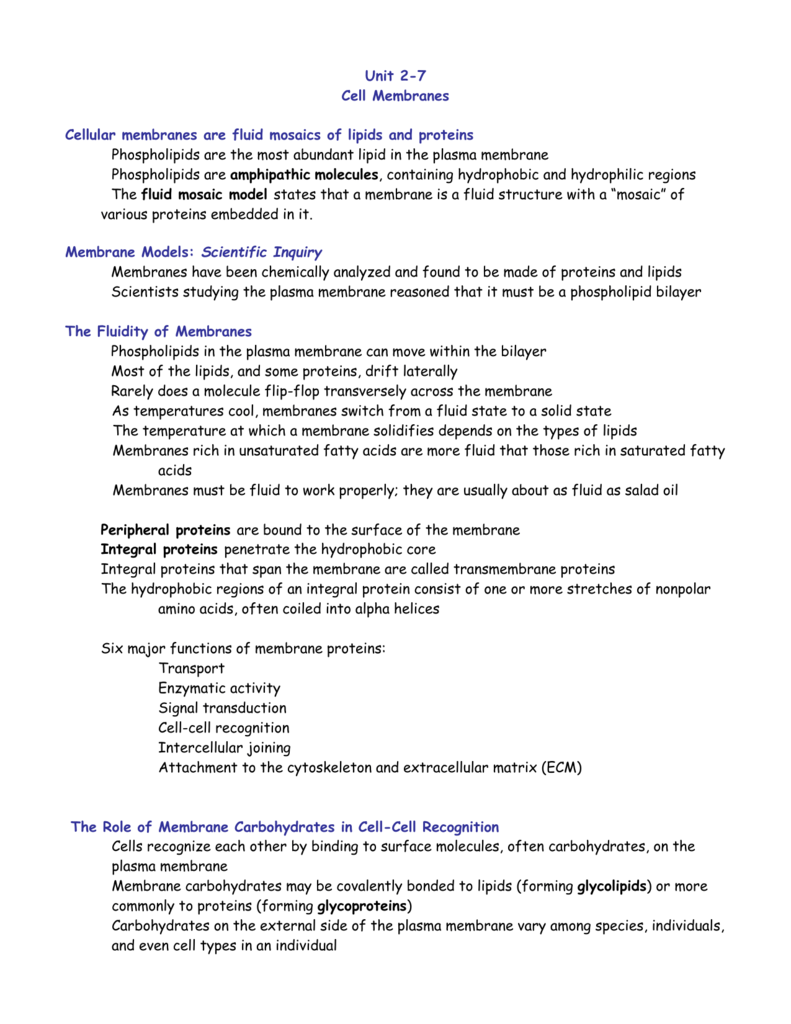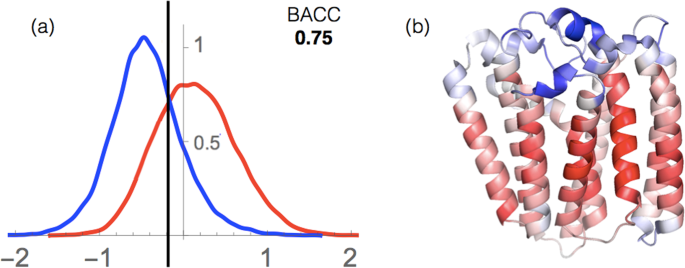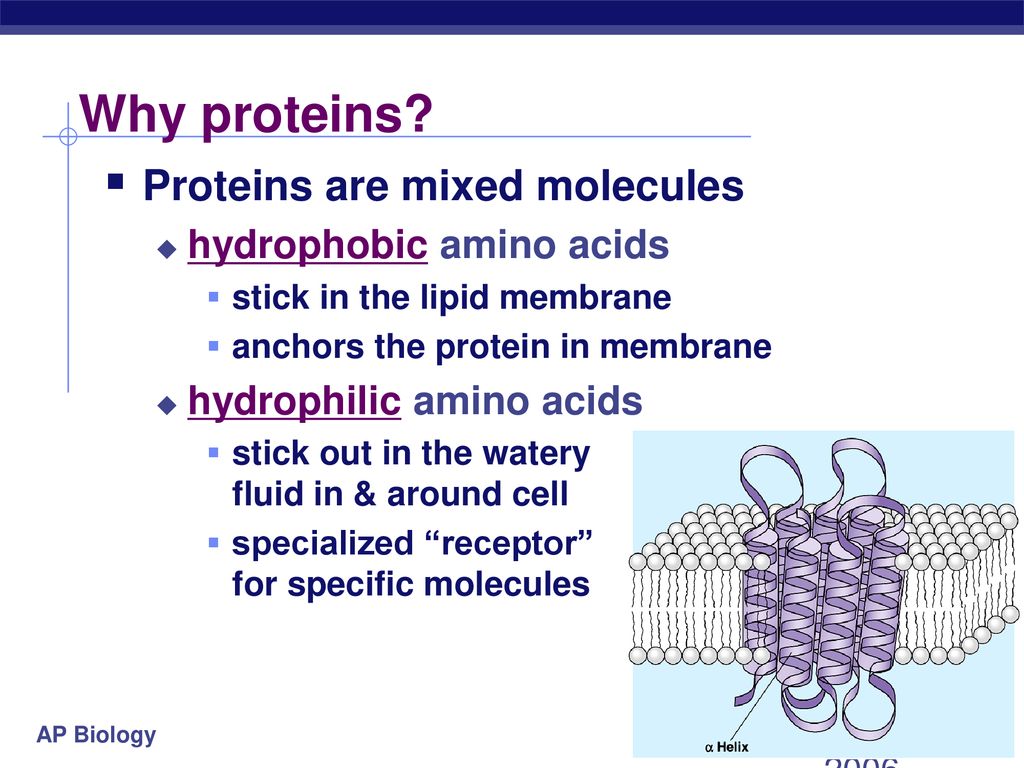

Specifically, 50% of the combined numbers of nucleotides in these codons are Us. Our analysis revealed that, in addition to their second position, codons of very hydrophobic amino acids have a remarkably high U content in general ( Fig.

It was soon realized that chemically similar amino acids are often encoded by relatively similar codons ( 12, 13) and that very hydrophobic amino acids are encoded by codons having uracil (U) in the second position ( 14). 9), various explanations of its organization and the assignment of the 64 triplets have been offered ( 10, 11).
#Hydrophobic amino acids in membran code
Since the first description of the nearly universal genetic code (for a review see ref. Therefore, we analyzed the nucleotide composition of very hydrophobic codons ( 8), in the context of the entire genetic code. As a basis for our analysis, we reasoned that because prokaryotes express polycistronic transcripts, sometimes encoding a mixture of membrane and cytosolic proteins, targeting signals might be located inside ORFs in addition to untranslated regions.Īnalysis of the Genetic Code in mRNAs Encoding Integral Membrane Proteins.Ī unique property of integral membrane proteins is that they have stretches containing very hydrophobic amino acid residues (≈20). Therefore, we investigated the possibility that mRNAs encoding integral membrane proteins have species-independent characteristic features, which might provide an evolutionarily conserved means for their selective recognition and targeting to the membrane. mRNAs of integral membrane proteins across evolution are usually translated at distinct locations, and our studies in Escherichia coli have suggested a step through which these mRNAs might be selectively targeted to membrane-bound ribosomes ( 5 – 7).

For selective targeting, mRNAs use various protein-interaction determinants (structural, sequence specific, or nonspecific) ( 3), mostly in untranslated regions, although unique exceptions have been described (e.g., ref. In addition to protein-coding information, mRNAs sometimes harbor signals required for posttranscriptional regulatory pathways, such as processing, translation, degradation, and localization ( 1, 2). Taken together, the results suggest that U-richness is an evolutionarily ancient feature of mRNAs encoding integral membrane proteins, which might serve as a physiologically relevant distinctive signature to this group of mRNAs. Interestingly, although the U-richness phenomenon is conserved, there is an evolutionary trend that minimizes usage of U-rich codons. We also show that, unexpectedly, the U-richness phenomenon is not merely a consequence of the codon composition of very hydrophobic amino acids, because counterintuitively, the relatively hydrophilic serine and tyrosine, also encoded by U-rich codons, are overrepresented in integral membrane proteins. As expected from such a strong U bias, the calculated U profiles of mRNAs closely resemble the hydrophobicity profiles of their encoded proteins and may designate genes encoding integral membrane proteins, even in the absence of information on ORFs. Our analysis revealed that codons of very hydrophobic amino acids, highly represented in integral membrane proteins, are composed of 50% uracils (U). Because mRNAs of integral membrane proteins across evolution are usually translated at distinct locations, we searched for universally conserved specific features in this group of mRNAs.

Posttranscriptional processes often involve specific signals in mRNAs.


 0 kommentar(er)
0 kommentar(er)
